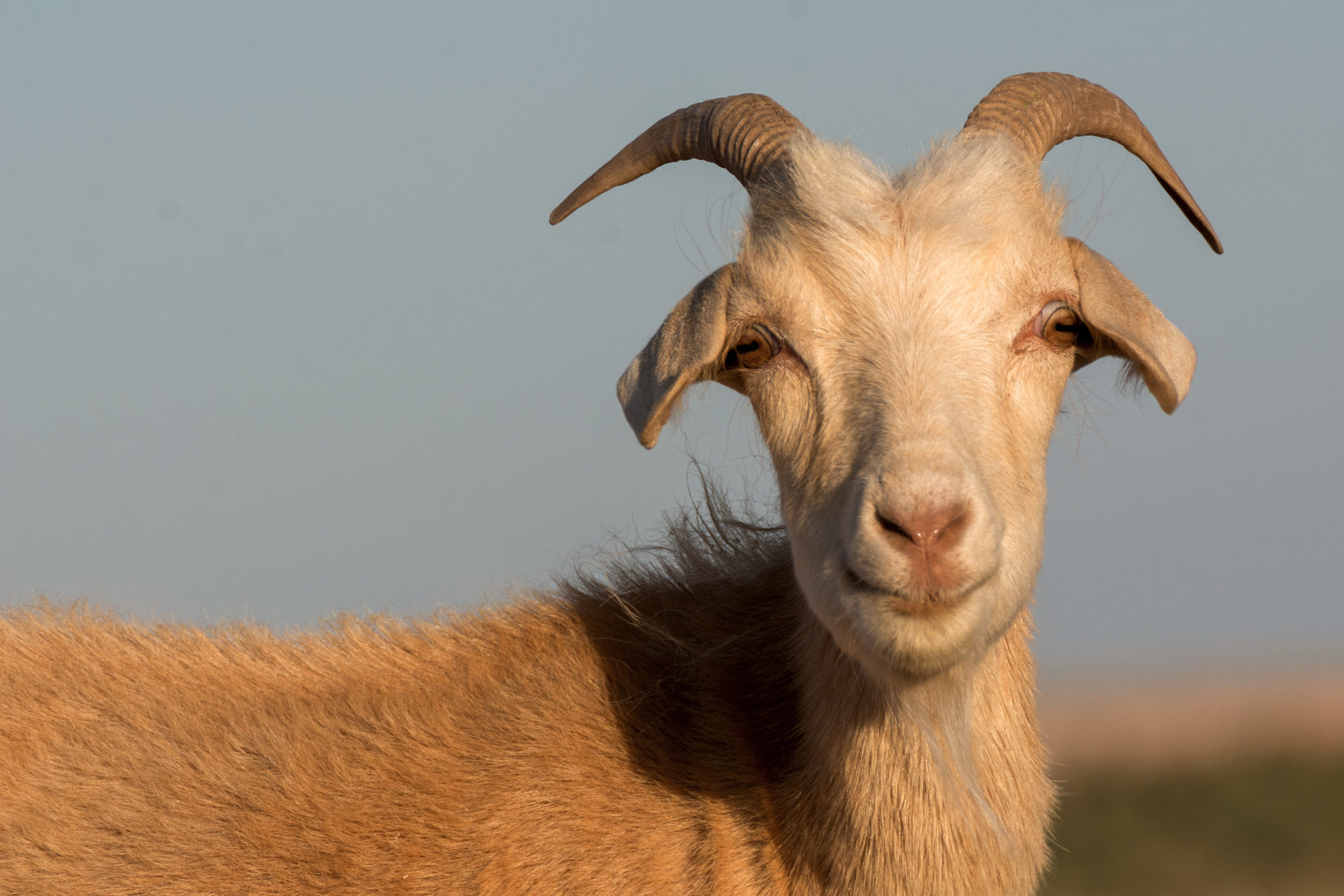
The Monty Hall Problem
The Monty Hall Problem is a mathematical logical puzzle framed in terms of a game show. You are offered 3 doors, behind one of which lies a car, and behind the remaining doors 2 goats.
The Monty Hall Problem is a mathematical logical puzzle framed in terms of a game show. You are offered 3 doors, behind one of which lies a car, and behind the remaining doors 2 goats.
Bored of colouring on plain paper? Then this experiment is right for you! In this experiment, you get to change the petal colours of a flower, into a colour of your choosing.
Discover the physics of fluids by using air to levitate a ping pong ball in midair.
This intriguing experiment tests the time it takes for the brain to process what it is seeing into reacting and taking an action.
This demonstration gives the illusion of mind reading using properties of odd and even numbers.
Making use of photosensitive materials and light to create a working camera which is capable of producing classical black and white images.
Using electrical wires, batteries, bulbs and a collection of household materials, the conductivity of these materials can be identified.
Make music from cardboard and rubber bands! See how and why different strings can make different sounds.
Reusing old paper to make your own and understand the fibres that make and break it.